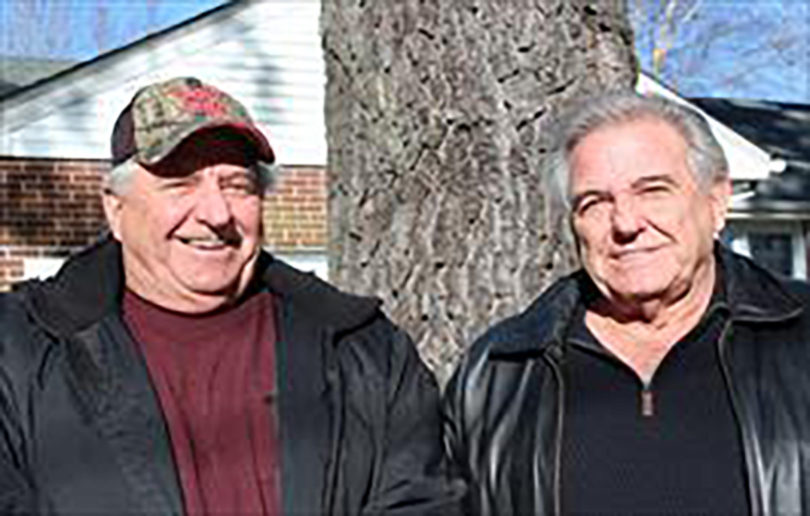Shared DNA contributed to long-lasting gift
Richard’s kidneys failed due to Bright’s Disease, which is chronic inflammation of the kidneys caused by a nasty bout with strep throat Richard had in the Navy. Richard counts himself lucky. He was on dialysis for just 32 days before the program arranged Raymond’s living donation. Now, Richard takes minimal anti-rejection drugs due to Raymond’s shared DNA and he visits the Transplant Clinic at Sentara Norfolk General Hospital once a year for a check-up.
The Sentara kidney transplant program is on a growth trajectory. Surgeons John Colonna, MD and Duncan Yoder, MD performed 118 kidney/pancreas transplants in 2018, including 34 living donors. That total is up from 101 in 2017 and 60 in 2016. Even with significant volume growth, Sentara maintains exceptional one year outcomes and the highest 3-year graft survival rate among five kidney transplant programs in Virginia, and well above the national average. This is due to the Sentara program’s emphasis on safety, quality and long-term outcomes rather than just time-to-transplant.
The availability of living kidney donors is being limited by the prevalence of obesity, diabetes and hypertension in the general population. These chronic health conditions put potential living donors at risk of renal failure themselves. This limits annual living donor volume but helps assure superior outcomes.

